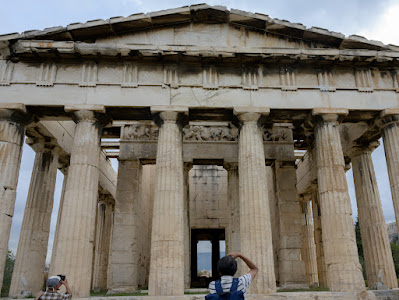When I was young I saw a picture of the dunes at White Sands in a book about the formation of landscapes. Ever since then I have had an ambition to go there. The site just looked so other worldly that I found it inspirational. So when I knew we were going to New Mexico this was number one on the bucket list.
We drove east from Las Cruces. The road goes across the Chihuanuan desert and the Sands are situated in the Tularosa basin, a plain between the San Andres Mountains to the west and the Sacramento Mountains to the east. The whole of the White Sands area covers 275 square miles and can be seen from space. Much of the Sands are used by the US missile base and are strictly out of bounds. It was here, north of the National Park that the first atom bomb was tested on the Trinity Site.
Maps courtesy of the National Park
As you come in past the visitor centre nothing looks very impressive at first sight. We obtained a copy of the trail map and started with the Dune Life Nature Trail which is marked out on the ground with pegs, and about a mile long. There were other people there but it wasn't busy. Leaving the road and climbing across a set of low dunes we were treated to a vista of taller white dunes with small clumps of vegetation on them and even small trees. There was also quite a lot of dead timber with grey gnarled branches.
The clouds we had seen for the last two days were still present, but looking to the east the sun did come through from time to time and the day got better as it went on.
Around 24,000 years ago, the area of the sands was occupied by a large lake, Lake Otero. Rain carried particles into the lake including gypsum. Then around 10,000 years ago the climate started to warm and most of Lake Otero evaporated to form the Alkali Flat area of the sands. A small lake, Lake Lucero still exists seasonally. As Lake Otero disappeared crystals of selenite were formed on the Flat. Theses were broken down by the wind into small particles of gypsum and heaped into dunes against the mountains to the east. This process still carries on as Lake Lucero fills and evaporates each year, and Alkali Flat dries after rainfall. White Sands is the largest area of gypsum dune in the world. Unlike ordinary sand, gypsum is largely composed of calcium sulphate dihydrate, rather than the sodium silicate of ordinary sand.







There are a number of shrubs that can withstand the conditions to grow on the dunes. We saw the grey green hoary rosemary mint, which did smell of rosemary. The yellow flowers of the rubber rabbitbrush and the creosote bushes also stood out against the white of the dunes. The skunkbush sumac has a trick of binding the sand together around its roots, so that when the wind blows the surface sand away the sumac is protected by standing on the pedestals it has made. There were also aloe plants with their tall spikes.
We saw small cottonwoods growing amongst the dunes and lots of twisted timber from trees that had died. The leaves of the cottonwoods gleamed against the desert as they put on their autumn foliage.
We spent the morning in the nature trail before moving deeper into the park and the taller dunes.




























Comments
Post a Comment